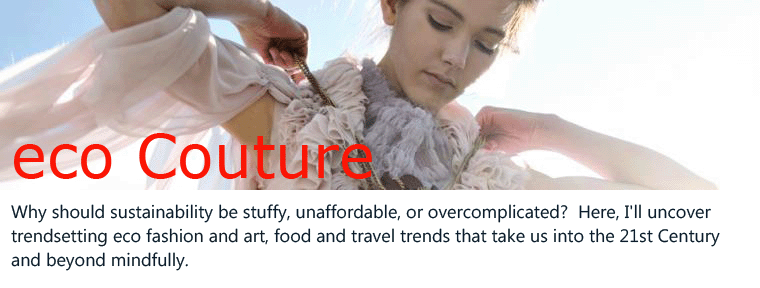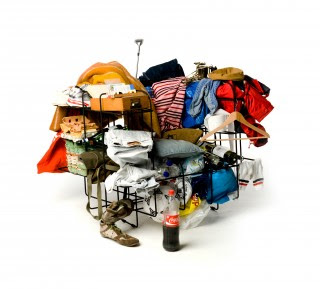
Before Victoria Beckham, Jennifer Lopez, and even Jackie “O”, there was Barbie, arguably the country’s most recognizable Fashion Icon. With her countless number of clothes and large walk-in closets, Barbie quickly became the girl everyone looked to for fashion ideas, even if she was just a 13-inch doll.
As stylish as the blonde bombshell may have been, and still is, Barbie most likely is not a brand that most would first associate with eco-living, (the woman owned how many pink corvettes? Can you say gas guzzler??) however, times have changed and the doll will now reside in a home that will rival the most green buildings in the world.
AIA Architect Barbie® Dream House™ Design Competition, held by Mattel Inc. and the American Institute of Architects (AIA), selected an eco-friendly winning stunning home designed by recent Harvard graduates Ting Li and Maja Paklar.
Decked out with solar panels, operable shading and bamboo flooring, the dream house also comes with a low-flow toilet and sink fixtures, (which in real life could save about 4,000 gallons of water per year) all made from locally sourced materials.
 Barbie also gets a 1,500-square-foot entertaining space and open chef’s kitchen, a separate library and client-meeting room, a full-floor “inspiration room,” a greenhouse on the roof, and a landscaped garden for her pets.
Barbie also gets a 1,500-square-foot entertaining space and open chef’s kitchen, a separate library and client-meeting room, a full-floor “inspiration room,” a greenhouse on the roof, and a landscaped garden for her pets. Like we needed any more reason to be jealous?
Unfortunately, Mattel has no intentions of transforming this dream house into an actual doll house or real life mansion, but it has been reported that the house would sell for $3.5 million if it were ever built into a real home.
Nonetheless and competitions aside, I can only hope that Mattel can see just how much of an impact a more sustainably-living Barbie would have. I have shared in the past just how important I feel it is for children to begin living an eco conscious lifestyle early, and with this young girl role model, Barbie, taking her first green steps I can only imagine just all of who would follow.





